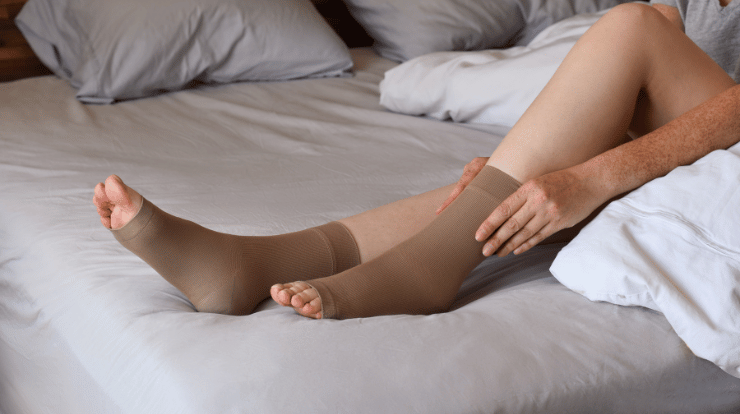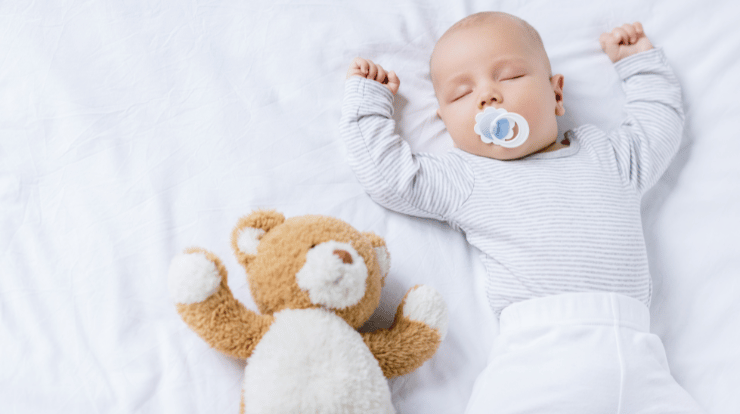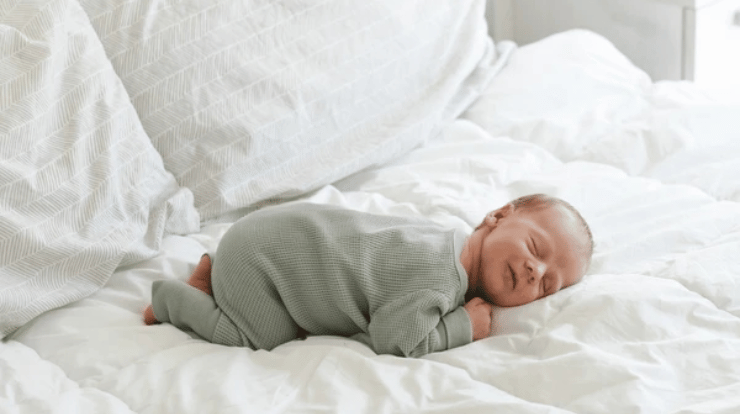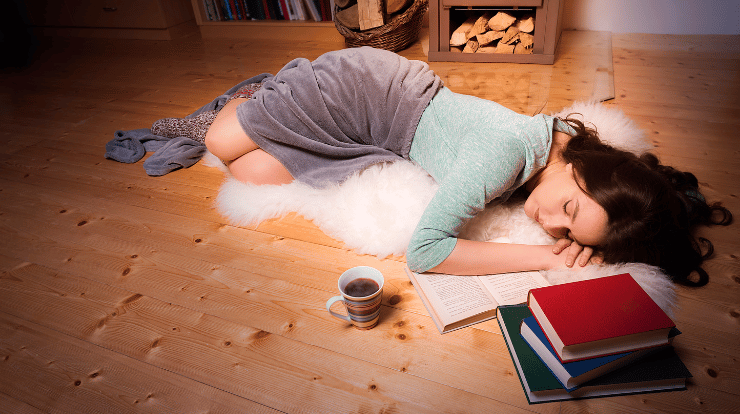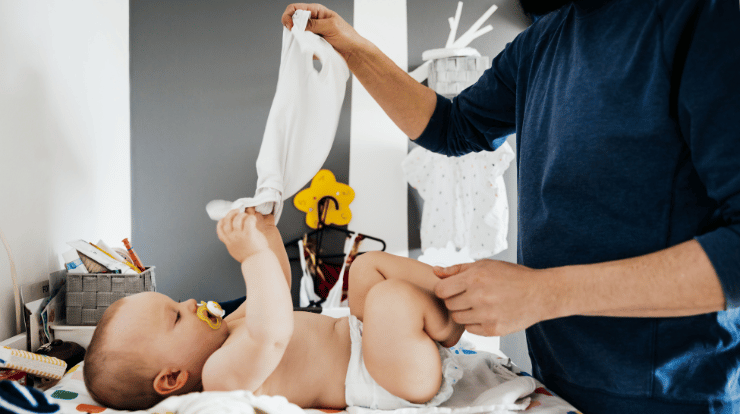
Many women have a question that how to dress baby for sleep. Getting your baby ready for sleep can be a tricky task, but ensuring they are dressed appropriately is an important part of ensuring they have a good night’s sleep. The right clothing can help regulate your baby’s body temperature and prevent them from waking up feeling too hot or too cold. In this article, we’ll take a closer look at what you should dress your baby in for sleep and why it matters.
How to Dress Baby For Sleep?
When dressing a baby for sleep, comfort and safety are the two most important factors to consider.
1. Prevent overheating:
Babies are unable to regulate their body temperature as well as adults, so it’s important to dress them appropriately to keep them comfortable and prevent overheating. Overheating can increase the risk of sudden infant death syndrome (SIDS), so it’s crucial to take this into consideration when choosing what to dress your baby in for sleep.
2. Recommended dress:
It’s recommended to dress babies in light, comfortable, and breathable clothing for sleep, such as a onesie or sleep sack. Onesies are a popular choice as they keep your baby’s torso and legs covered, while still allowing them to move freely. Sleep sacks are also a great option, as they keep your baby warm without the need for loose blankets that can become tangled or cause your baby to overheat.

3. Material:
In terms of material, cotton is a popular choice as it’s soft, lightweight, and breathable. Avoid materials that may irritate your baby’s skin, such as rough or scratchy fabrics.
4. Room temperature:
When it comes to the temperature of the room, it’s important to keep it at a comfortable level for your baby. Generally, a room temperature of between 68-72°F is considered ideal for sleep. If the room is too warm, dress your baby in lighter clothing, and if it’s too cool, dress them in warmer clothing or add an extra layer. Keep in mind that it’s always better to dress your baby in too many layers than too few, as you can always remove a layer if they become too warm.
5. Weather:
It’s also important to consider the time of year and the weather when dressing your baby for sleep. During the summer months, dress your baby in lighter clothing, and during the winter months, dress them in warmer clothing. If your baby is sleeping in a cold room, consider adding a hat or additional layers to keep them warm.
In addition to dressing your baby appropriately, it’s important to make sure their sleep environment is safe. This includes ensuring the room is free from hazards such as loose cords or wires, and that their crib or bassinet is free from loose bedding or soft objects that could pose a suffocation risk.
In conclusion, dressing your baby for sleep is an important part of ensuring they get a good night’s rest. By choosing light, comfortable, and breathable clothing, regulating the temperature of the room, and making sure their sleep environment is safe, you can help your baby have a peaceful and restful sleep.

How to dress baby for sleep in winter?
Dressing a baby for sleep in winter can be a challenge, as it’s important to keep them warm enough without overheating. Here are some guidelines to help you:
- Layer up: Dress your baby in light, warm layers, such as a onesie, footed pajamas, and a sleep sack. The sleep sack should be made of warm material like fleece or wool and should fit snugly around the baby’s chest to keep them warm without restricting movement.
- Cover their head and hands: Babies lose a lot of heat through their heads and hands, so it’s important to keep these covered. Use a hat or hood on their head and mittens or socks on their hands.
- Avoid heavy blankets: Heavy blankets can be dangerous for infants as they increase the risk of Sudden Infant Death Syndrome (SIDS). Instead, use a lightweight swaddle blanket or sleep sack to keep your baby warm.
- Keep the room temperature consistent:
- It’s important to keep the room temperature consistent, between 68-72 degrees Fahrenheit, to avoid your baby getting too hot or too cold.
- Check on your baby regularly: Check on your baby regularly throughout the night to ensure they are not too hot or too cold. If their chest feels warm and they are sweating, remove a layer. If their hands and feet feel cold, add a layer.
By following these guidelines, you can help ensure that your baby is warm, comfortable, and safe while sleeping in the winter.



